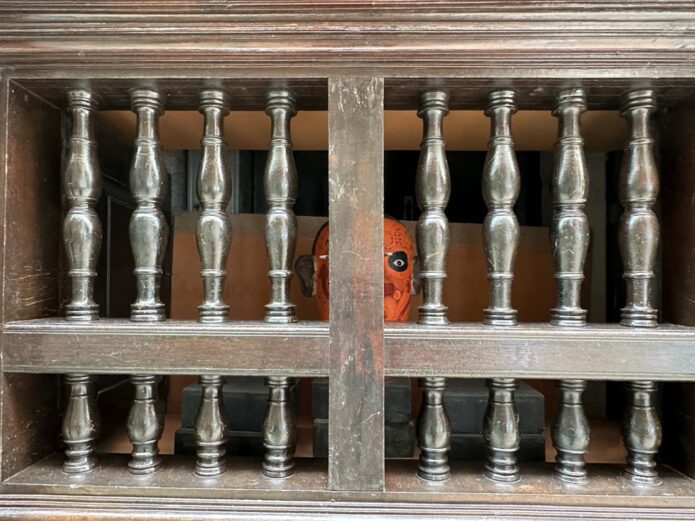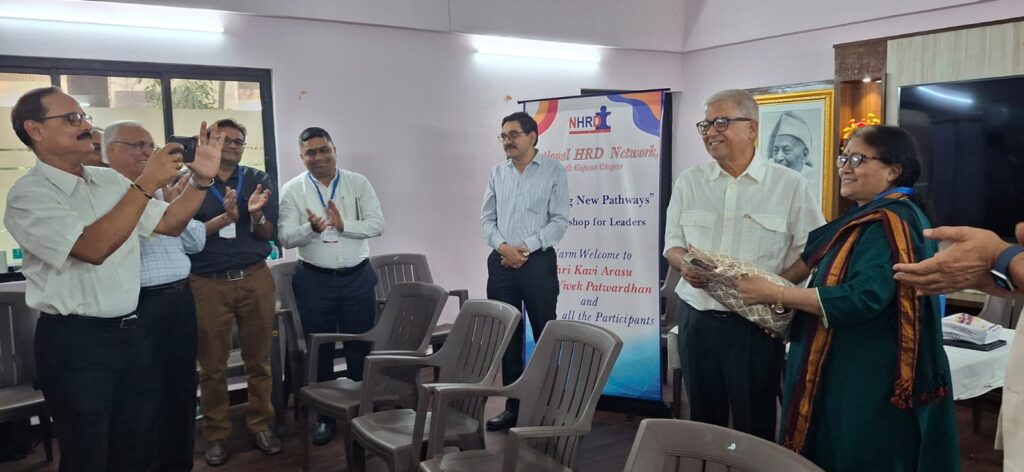It was a long oak table. The kind around which serious men in serious suits talked serious strategy.
The Managing Director was about to make a big presentation. Papers needed to be passed around.
Years ago, as a junior manager, I’d been entrusted with setting it all up. I grabbed the opportunity with both hands. Possibly legs too.
I had worked closely with the CEO. Learnt a ton. And put it all together like my life depended on it. Because, frankly, it felt like it did.
People filed in. The room filled up. And just as the meeting was about to begin, Murphy showed up. My elbow hit a glass of water. It emptied itself on the neat sheaf of the CEO’s printed presentation. Numbers, projections, strategy, all now soaking in regret.
Right then, the CEO walked in. I froze. So did time.
He looked at the mess, smiled, picked up the damp stack, and said: “Well, here’s a watered-down version of next year’s strategy.”
The room erupted. The tension vanished. The meeting was sharp, alive, and unexpectedly joyful.
And I learnt something I’ve never forgotten: The best leaders don’t just stay calm in a crisis. They know when to crack a joke.
These days, humour has become something else. It’s often loud. Crass. Sharp-edged. Reduced to personal attacks, one-upmanship, and clever jabs. It’s lampooning more than laughing. And it leaves no room for dignity. Only applause or offence.
Which is a pity. Because true humour of the quiet kind, the kind with timing and taste, adds a certain sophistication to everyday life.
It disarms. It connects. It shows perspective. It’s not about who can say the most outrageous thing as much as it about holding the moment lightly, without letting it slip.
Stanford thinks so too
At Stanford’s Graduate School of Business, Professors Jennifer Aaker and Naomi Bagdonas teach a popular course called Humour: Serious Business. Their research is clear: humour is an underrated superpower in leadership.
Used well, it boosts trust, increases engagement, and makes communication stick. More interestingly, humour makes leaders appear more competent, not less.
Because being able to laugh — and more importantly, to make others laugh, signals something powerful: you’re comfortable. You’re present. You’re not afraid of the room.
And the very best leaders? They don’t just use humour. They can take a joke too. Without flinching. Without getting defensive. Often, with a smile and a comeback that lifts the moment rather than hijacks it.
Humour is the glue
There’s a Japanese art form called kintsugi. It involves repairing broken pottery using gold. The cracks are not hidden. They’re highlighted. Because the break is part of the story. And the gold, quite literally, holds it all together.
I think humour plays a similar role in leadership. When things crack, as they often do, humour is the gold we can pour into the situation.
It doesn’t erase the problem. But it holds the room together, highlights resilience, and reminds everyone that we can move forward. With perspective.
The best part? Once you’ve laughed with someone, it’s much harder to stay divided.
So how do you cultivate this?
Start by observing. Noticing moments of lightness or the ones begging for it. I once worked with a manager who was famous for his campus presentations. He would rehearse meticulously, plan every slide and then grin and say,
“In the fifth minute, I’ll crack a spontaneous joke.”
Yes. Spontaneous, by appointment. And strangely, it worked. The room laughed. Every time. For some people, humour is a performance.
But for the truly great ones, it’s a practice. It comes from noticing. From being present. From taking small risks. And yes, from being open to taking it on the chin when it doesn’t land.
The next time you’re in a heavy meeting, watch what lifts the room. It’s rarely slide 47. It’s often a well-timed comment. A look. A line. Something small but true.
Read people who write with wit. Hang around people who laugh easily, not just loudly. And most importantly, practise on yourself. Learn to take a joke. Especially about yourself. That’s the real test. And the best training ground.
The Closing Line
This is not a call to turn every meeting into a stand-up set. At best, It’s a quiet reminder that in ‘serious’ rooms , a well-timed laugh can change everything.
It humanises the moment.
Because humour, when done right, doesn’t just break the ice. It becomes the gold that mends the cracks. The pause that helps the room breathe. The tiny spark that reminds us: we’re all in this together. Elbow, water spills and all.
And maybe, just maybe, the best way to hold the room, is to let it laugh.















